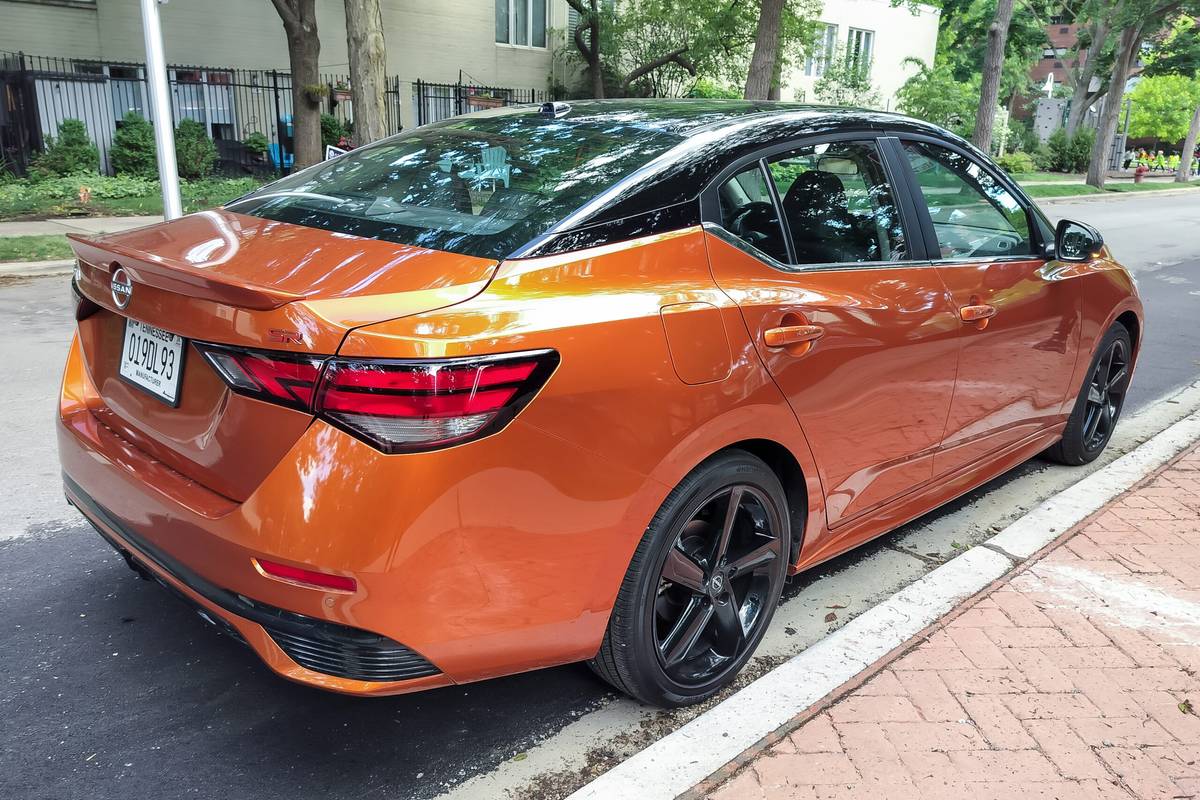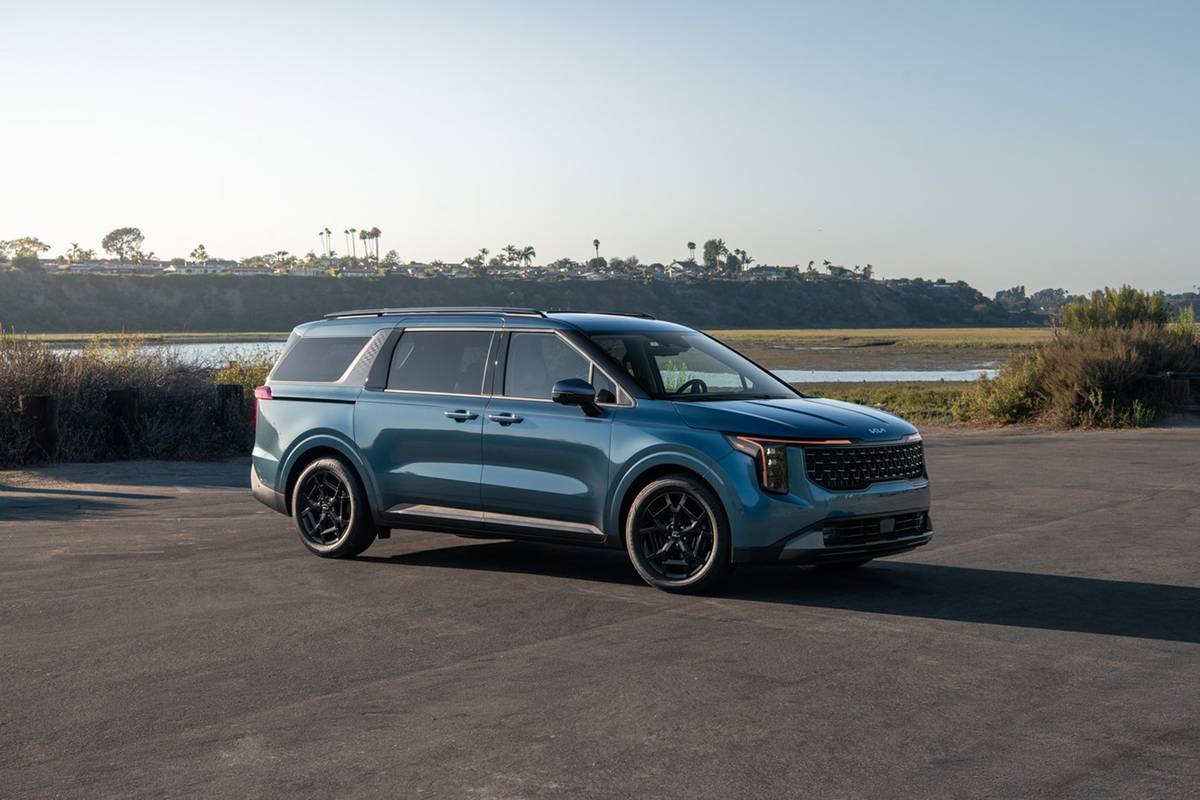TheMercuryNews.com's view
PASADENA — The first-generation Toyota Prius was all about perception and image. When the 2001 Prius went on sale in August 2000, Toyota joined Honda as the only automakers selling the greener technology in the United States.
The Prius was a hit with Hollywood types (Cameron Diaz, Leonardo DiCaprio, Tom Hanks) who saw it as a perfect antidote for SUV fever.
But that hybrid compact sedan — power comes from both a gasoline engine and an electric motor and batteries, but you don’t need to plug it in or charge it — was all about sticking in toes to test the water, too.
After all, Toyota said it would only sell 12,000 Prius models a year and dealers wouldn’t stock them in their showrooms as buyers were required to start the purchase process via the Internet.
“It was a crap shoot,” said Don Esmond, executive vice president of Toyota Motor Sales.
A risk, but a successful one apparently, because when the second-generation Prius goes on sale in October, hybrid technology goes mainstream.
Toyota executives are predicting annual sales of 36,000, although Esmond sees “upside potential” beyond that.
The bigger news is that Toyota’s revised Hybrid Synergy Drive system, which will first appear in the 2004 Prius, is slated for many models in the near future. Next year, it will be used in the Lexus RX 330 luxury sport-utility and then, shortly thereafter, in the Toyota Highlander SUV. And Toyota is said to be looking at offering a hybrid version of the Camry sedan, its bestselling car.
Toyota already has licensed the technology to rival Nissan, which will start using it on vehicles by 2006. Other automakers, including Ford and General Motors, soon will start selling hybrids of their own.
U.S. car buyers bought 38,000 hybrid models in 2002 — the Prius as well as the two-seat Insight and a hybrid version of the Civic sedan from Honda. Auto researcher J.D. Power and Associates predicts that hybrid sales will grow quickly — to 500,000 units in 2008 and to 872,000 units in 2013 — as more models and models in more popular segments (SUVs, pickups) become available.
Walter McManus, Power’s executive director of global forecasting, said this week that he thinks Prius sales will reach 30,000 next year.
The new Prius might attract a few buyers away from Camrys and Honda Accord sedans, he said, but “the people who are going to buy the Prius are not going to be people shopping for a Taurus or a Grand Prix, the traditional American mid-size cars.”
The new 2004 Prius gets larger with improved acceleration, fuel economy and cruising range, Toyota executives said. And the price stays the same — $19,995.
Esmond said he expects buyers to come into Toyota dealerships and compare the Prius with regular gasoline-engine models such as the Corolla and Camry sedans.
“For us, that’s a good sign,” he said.
Also good for Toyot a is that the company is now making money on the Prius. That wasn’t achieved until the fourth year of sales for the first-generation Prius — it first went on sale in Japan in 1997.
“The product is profitable,” said Dave Hermance, executive engineer for environmental engineering at the Toyota Technical Center in Gardena.
Hermance has spent more time behind the wheel of a Prius than perhaps any other U.S. employee of Toyota.
He drives a first-generation Prius on his 28-mile (each way) commute on Southern California freeways. At a press introduction of the new model in July, he answered questions regarding some owners getting less mileage than they had expected with the Prius.
“There are a lot of variables that affect fuel economy,” he said. “There (is) zero flexibility in what number we advertise.”
Toyota reported to the Environmental Protection Agency that the first-generation Prius got 52 mpg in city driving and 45 mpg on the highway. The new one will get 60 mpg in the city and 50 mpg on the highway, Toyota predicts. (It describes those numbers as preliminary, pending EPA certification.)
The fact remains that the Prius, which relies much more heavily on its electric motor than other so-called mild hybrids, is at its most efficient on somewhat busy city or suburban roads.
“The car loves to rock back and forth (at) 30 mph,” he said.
Regardless, the 2003 Prius retained its position as the most fuel-efficient four-door and second-best overall after Honda’s two-seat Insight.
Toyota executives point to several places where the new Prius tops the old:
Acceleration. The company reports a zero to 60 mph time of 10 seconds, compared with a sluggish 12.7 in the previous version. The horsepower rating on the Prius’ 1.5-liter four-cylinder engine grows from 70 to 76. The maximum-power rating for the electric motor increases, too.
Fuel economy. City mileage goes from 52 to 60 mpg. Highway goes from 45 to 50 mpg. Combined mileage goes from 48 to 55 mpg.
Cruising range. Because fuel economy improves about 15 percent, so does the Prius’ cruising range. It will top 600 miles, depending on driving techniques and conditions, Hermance said.
Emissions. Toyota says the new hybrid system — changes were made to the drive motor, power converter and generator — reduces pollution by 30 percent. The company says a 2004 Prius produces “nearly 90 percent fewer” smog-forming emissions than a conventional internal combustion vehicle.
Size. The new platform gives the Prius a wheelbase that’s about six inches longer. It now measures 106.3 inches. Passenger room grows from 89 to 96.2 cubic feet, enough to push the Prius into the EPA’s mid-size class. In comparison, the compact Corolla has 90.3 cubic feet while the mid-size Camry has 101.7 cubic feet.
Most interior dimensions grow. Also, the shape of the car changes — Toyota calls it a “five-door liftback” — which allows for 16.1 cubic feet under the hatch. The previous Prius had a trunk that measured 11.8 cubic feet.
Price: The new Prius will have a suggested retail price of $19,995. That hasn’t changed since the car first went on sale as a 2001 model. Only the destination charge, now $485, has grown slightly. This year’s model offers more options than in the past — amenities such as fog lights, an anti-theft system, a fancy JBL stereo and even a navigation system. And there are more exterior paint-colors choices — seven instead of four.
Latest news



